My 2025 Met Gala Predictions
African subcultures and movements to reference for Superfine: Tailoring Black Style
Every year, really funny and smart people will generate Met Gala Bingo Cards with some predictions as to the evening’s beige carpet, like ignoring the theme altogether, cultural appropriation, unintended political commentary or Cara Delevigne being weird.
While it’s most likely that Zendaya will steal everyone’s hearts, Rihanna shows up late, and someone trips on the stairs, I would like to throw some predictions (and wishes) into the ring of what I think we should expect for fashion’s biggest night out.
The gala opens and fundraiser for the Metropolitan Museum of Art's Costume Institute Spring 2025 exhibition, Superfine: Tailoring Black Style, an exploration of Black Dandyism in Euro-America from the 18th century to now. This monumental exhibition will feature only designers of colour, being the first to focus solely on menswear in over 20 years.
Quite a few people online are touting this as the year “celebrating Black Excellence” but, for the most part, the long overdue examination of Black fashion is primarily Vogue and the Met bowing to years of mounting pressure over a lack of diversity and representation.
Whether it’s the museum’s inability to take a stance on Palestine, Zionist funding allegations, or rumours of Anna Wintour’s mistreatment of Black staffers, this theme and focus have arrived just in time to repair the brand image.
It’s going to be interesting to see how effective this will all be. The growth of the Met Gala in the public consciousness has grown Vogue’s profile and pockets exponentially, but it’s also come at the cost of people viewing the gala as solely a circus of egregiously unaware glitterati living it up while the rest of the world is burning.
I’ve always championed that the Met Gala is incredibly important not only as a source of income for one of the world’s largest textile collections but also a chance to familiarise the greater public with the craft, labour and value in fashion.
The Costume Institute doesn’t receive government funding in the same way other departments of the Met Museum do, which is why the gala was created in the first place. While I have many thoughts about how the collections have been sourced and managed, it’s undeniable that the work the Institute does in textile preservation, archiving and knowledge-keeping is incredibly vital to the arts and society.
But I also won’t deny that it’s also boiled down to a dog and pony show, often diverting attention from urgent issues. Who could ever forget the way pro-Palestinian protestors were treated last year while Emma Chamberlain was asking, “Who are you wearing?”
All that being said, I am, as always, naively excited about this year’s showing. For centuries, Black people have had such an innovative and inventive relationship with fashion, using it to negotiate heritage, community, resistance and more. These are some of the subcultures, movements and styles I hope we’ll see at the gala.
Hanger Management is free today, tomorrow, and probably every day after that because social media platforms hate Africans haha. Not that you have to, but if you’d like to support me financially, you can donate any amount to my tip jar or become a member of my Patreon (there is a free tier, so you should join anyway). Your contribution goes toward financing my media subscriptions, research costs, materials for sewing projects, paying my podcast editor, the odd cold one or two, and pressuring me into producing more.
The Zoot Suit
Popular in the 1930s and ‘40s amongst African- and Latin-Americans, the zoot suit was an exaggerated take on the suit with voluminous, high-waisted pants and oversized, padded jackets in defiance of wartime rationing. It later incited violence in 1943 when white U.S. Army men attacked and targeted young people of colour for their “unpatriotic” dress. I’ve also found some traces of the Zoot Suit in Africa, like 1940s Senegal, as well as it influencing jazz age fashions in Sophiatown.
.
The Motswana Renegades
The Renegades are a subculture of heavy-metal cowboys from Botswana who came to fame in the early 2010s through the work of photographer Franck Marshall. Dressed in leather, suede, fringe, and cowboy hats, they emerged in the late ‘70s as metal and rock music grew in Botswana, a stark contrast to not just the country’s predominantly orthodox, conservative culture but also the typical face associated with the music genre.
La Sape, naturally
You can’t talk about dandyism without the OG African Dandies, La Sape (Société des Ambianceurs et des Personnes Élégantes or Société des Ambianceurs et des Personnes Élégantes). This Congolese league of extraordinary gentlemen possess meticulous codes around dress and presentation, finding community and beauty in what were less than ideal circumstances in 20th-century Kinshasa and Brazzaville (I talk a bit about the role of dictator, Mobutu Sese Seko in their formation in this YouTube video).
#SkhotSoHard
There are a few South African subcultures that speak directly to Dandyism, such as The Sartists, Smarteez and Mswenko, but Skhothane takes the cake (or custard) for also being one of the most incendiary ones. In the 2010s, dressed in Lacoste golfers and Carvellas, they caused a moral panic, burning cash on national television, wasting alcohol and drifting suped up cars. I’ve written about them previously if you’d like to learn more. I think it was Janine on TikTok who’d said this would be the perfect movement for Tyla to reference and I couldn’t agree more. It’s a fabulous marriage of consumerism, rebellion and cheek.
West African Tailoring
It’s going to be a crying shame if we don’t see any references to Senator Suits, agbada, wrappers and indigenous textiles like aso oke, adire, and kente. It’s a dangerous wish since it’s quite easy for celebrities to err into tokenised, fetishised cosplay territory, but only if they’re not wise enough to work with designers from the continent. For centuries, our brothers in Nigeria, Ghana, Mali, Côte d’Ivoire have led the continent’s menswear.
An Ode to Andre Leon Talley
Beyond being the very best part of Met Galas past, former Vogue editor Andre Leon Talley was a stellar exemplification of African style. His famous robes, cloaks and capes had a distinctly West African influence, reminiscent of the royals of Cameroon, Nigeria and Senegal. Who better than the man who’d said, “Dressing well is a form of good manners” as the ideal Black Dandy?
Let me know your predictions and wishes for the first Monday in May!
In other news:
I hosted my first upcycling workshop last week (yay) and then my car got stolen (boo). I’m hoping to have another one this May so keep an eye out for that! Let’s all pray it ends better this time lol.
I launched my first PDF sewing pattern this past month, too! It’s a take on Xhosa ncebetha with some influence from Vietnamese ao dai. This is only V1—so it’s available in one size for now while I work with my pattern grader on extending the range. It’s $5 on my Patreon but free for $10+ members. You can check it out here.
I’ll be in Germany this summer so really keen to meet and connect with any friends over there! Send me a message or let me know where all the cool fabric shops are <3
You know you love me,
xoxo Khensani




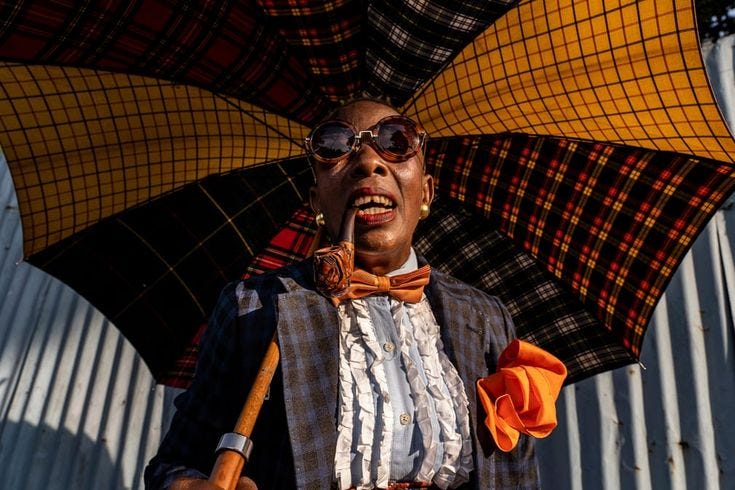

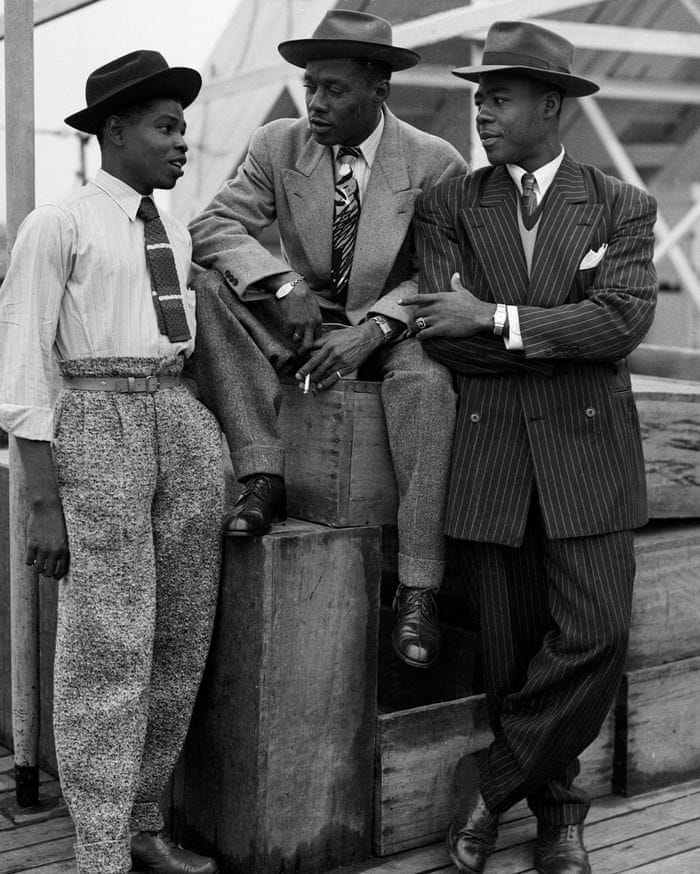

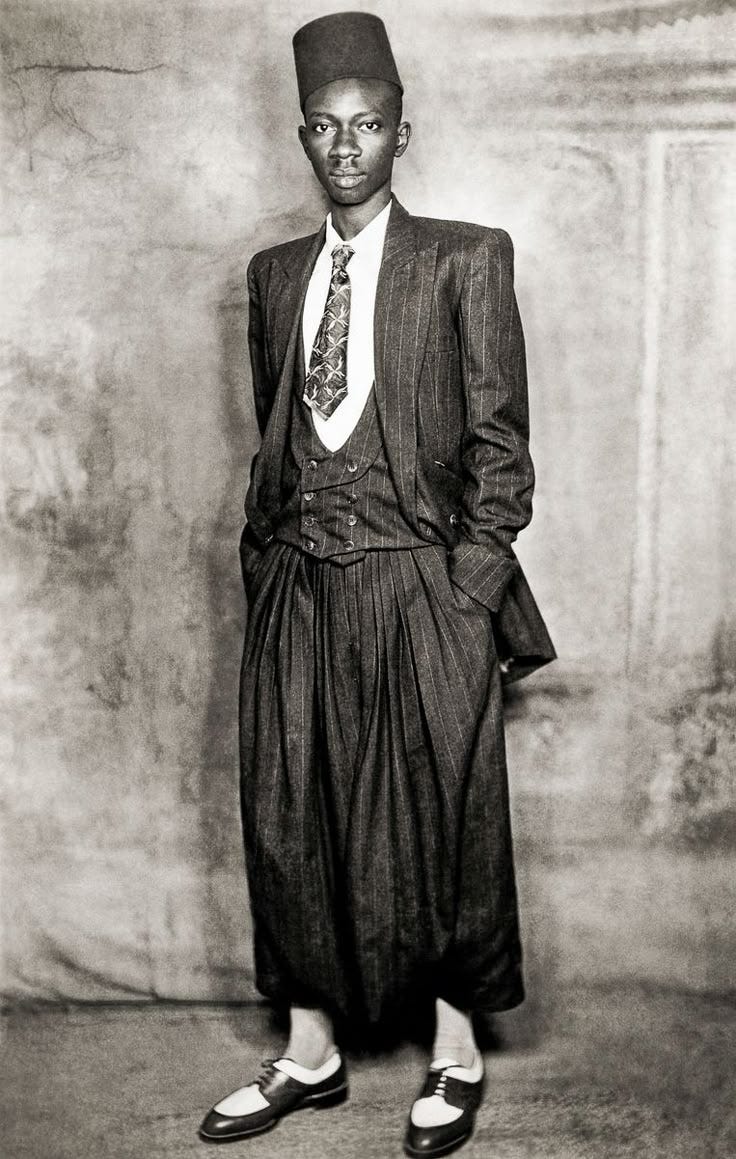
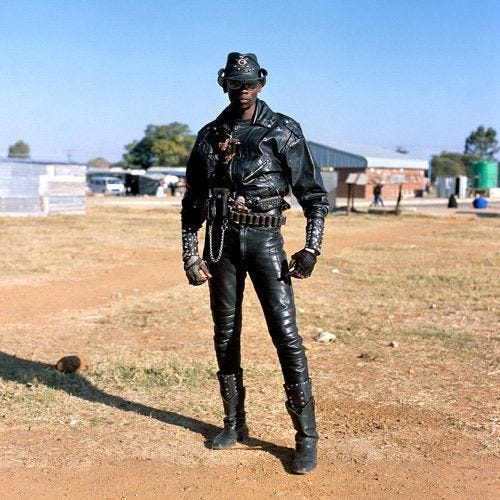



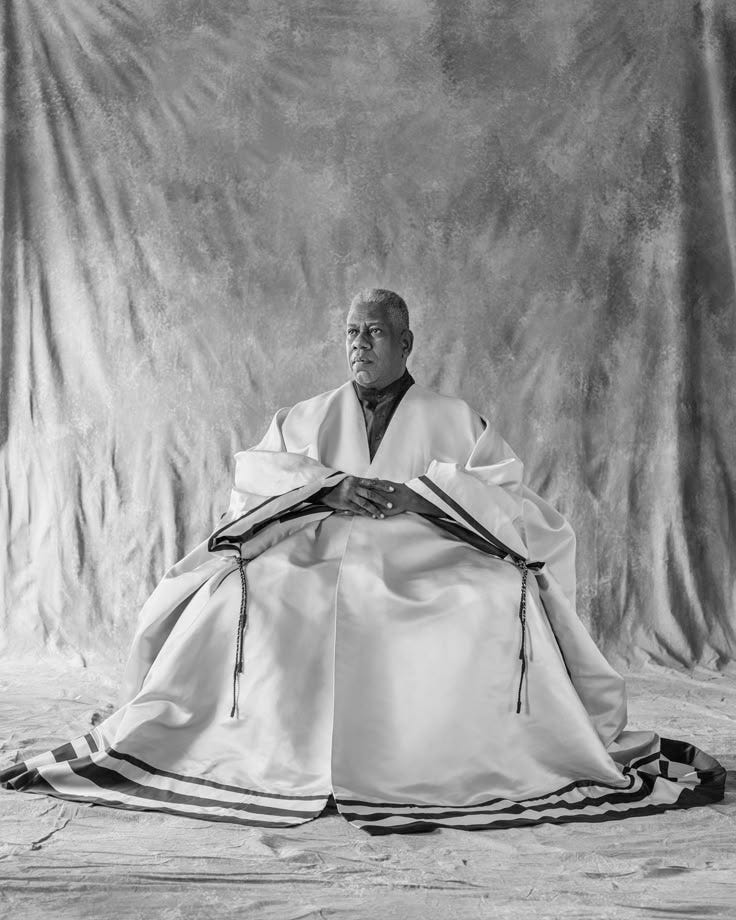
I'll take my 10s! It'd be amazing if Tyla went full South African and represented Skhothane culture, but I doubt it'll happen, just my wishful whimsical thinking
Love your work as always ❤️